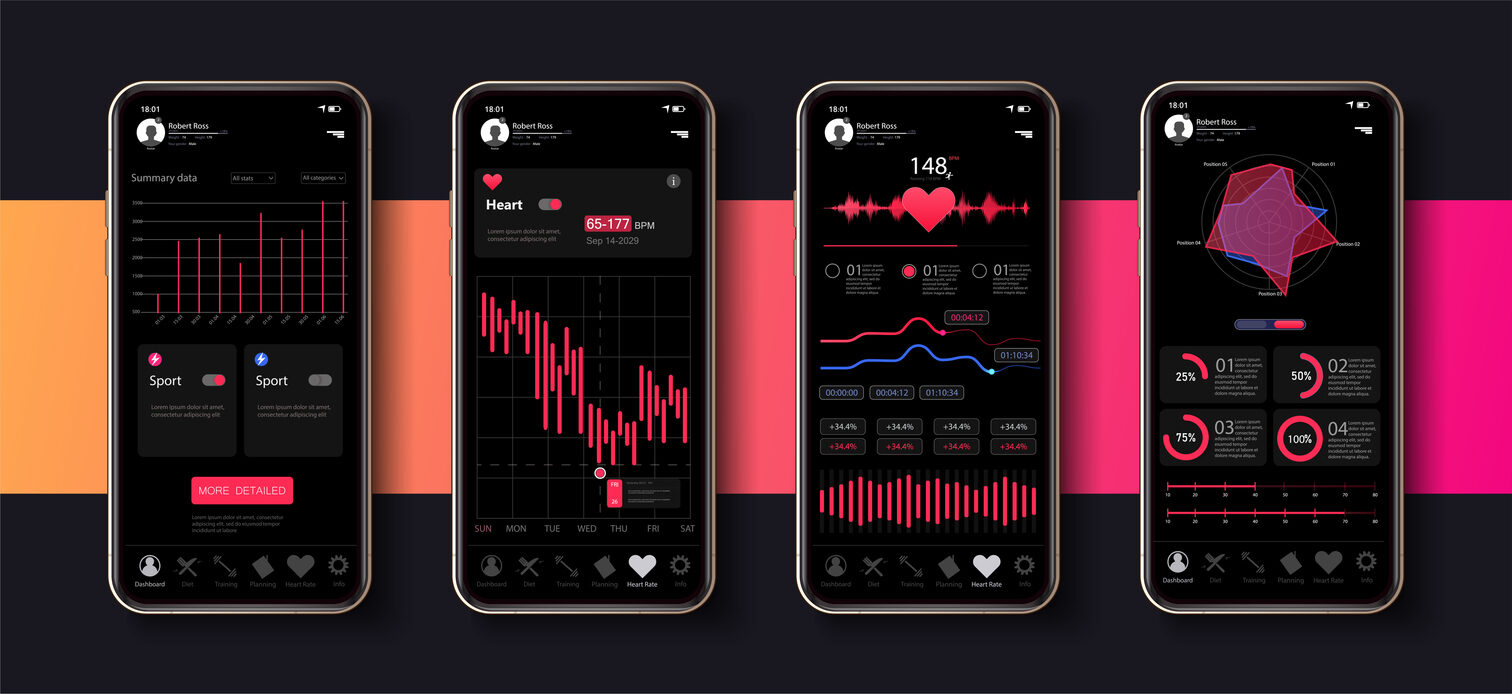Human feet are an amazing feat of engineering, designed to provide maximum performance and support. The traditional footwear is often not considerate of the anatomy that the feet have, which can lead to a myriad of problems like inflexed muscles, poor posture, and joint discomfort. Barefoot shoes, with their thin soles and a lack of cushioning, attempt to fix this by allowing feet to move the way it was intended by nature.
Through promoting an easier and more natural gait and allowing for more natural gait, barefoot shoes help to promote the biomechanics our feet were created to facilitate agility and balance as well as strength. By gaining a better understanding of foot mechanics, we can see how the barefoot shoe integrates with the natural movement. The footwear can provide an improved sensorimotor feedback loop as the thinner sole gives greater direct touch with the ground. This allows individuals to alter their posture and balance naturally.
Table of Contents
Biomechanical Benefits
Modern athletic footwear tends to prioritize cushioning and biomechanics over shock absorption, which may block the proprioceptive feedback that our feet require to function at their best. Contrarily, shoes with no soles provide a more solid feeling of balance, are aligned with a neutral posture, and promote midfoot striking and an impact pattern that lessens strain on joints.
Studies have shown that runners who change to minimalist shoes have a different walking style, which results in fewer injuries than those that are common in shoes that are heavily cushioned. These benefits extend beyond those who run; standing, walking, as well as doing everyday tasks become healthier and more stable. Improved balance, gained through the continuous use of barefoot footwear, results in improved stability of the entire chain of kinetics, impacting knees, ankles, and hips with better movement patterns.
The Evolution of Footwear
While footwear is constantly changing is often not in line with the fundamentals of foot function. The evidence from the past suggests that early societies wore sandals that were simple or barefoot shoes, and allowed the growth of strong muscles for the feet and different foot mechanics. Through the ages, with the industrial revolution, the development of modern synthetic materials changed the focus of fashion and mass production to practicality.
Nowadays, a lot of people have issues with their feet that are due to the limitations of the traditional shoe. Reexamining the fundamentals of our footwear choices from the past and understanding the ways in which our relationship with shoes has evolved and how we have changed, we can comprehend the revival of barefoot footwear in response to contemporary health problems. The return of minimalist footwear is not just a fashion but an urgent need to return to comfortable and comfortable styles that focus on fitness and health.
The Physical and Mental Perks of Going Barefoot
Strengthening Foot Muscles
One of the main reasons to wear barefoot footwear is its capacity to build the muscles in the soles. Traditional footwear may weaken these muscles, which can lead to a dependency on external support structures such as arch support and cushioning. When wearing barefoot shoes, it encourages the foot to exert more force, thus stimulating and strengthening muscles that are often overlooked by the large cushioning.
In the end, people generally experience a boost in foot strength and flexibility as well as improved arch support and an overall base to allow for greater comfort in mobility. This increased strength could be crucial in reducing the discomfort caused by flat feet, plantar fasciitis as well as other foot conditions, clearing the way to a more active lifestyle as well as lesser chronic discomfort.
Connecting to Nature
Beyond the physical benefits that barefoot shoes provide, they also facilitate an intense connection with our surroundings. Being barefoot lets you experience the different nature of surfaces, from grass to sand to rough terrain. The sensory experience is not just beneficial for physical health but also has an impact on mental well-being. The act of walking without shoes is frequently associated with feelings of calm and freedom, which reduces stress and promotes mindfulness.
Numerous studies have shown that being exposed to nature through your feet can reduce anxiety, improve mood, and improve cognitive function. So, the transition to shoes that are barefoot shoes can be understood as more than just a choice for anatomical reasons, as it can also promote the whole person, allowing people to be able to see their surroundings in a completely authentic way and fully.
Injury Prevention
The majority of injuries are caused by repeated impact and inefficient foot mechanics. These are caused by the excessive cushioning and support found in conventional shoes. Barefoot shoes tackle this issue by promoting a natural foot strike, which minimizes the risk of injury. The minimalist design facilitates enhanced proprioception and helps users to develop better movements and body awareness, which increases functional strength.
In addition, a transition to barefoot footwear could result in a decrease in common injuries, such as runner’s knee, shin splints, as well as Achilles tendonitis. Outdoor enthusiasts and sports will appreciate the advantages of wearing shoes that are barefoot shoes, particularly relevant, allowing them to have a more efficient and effective movement while reducing the chance of sustaining injuries that keep them from participating for long periods of time.
A Guide to Selecting Barefoot Shoes
What to Look For
When you’re considering shoes that are barefoot shoes, it’s important to comprehend the key features that differentiate them shoes from other types of shoes. A top-quality barefoot footwear should include a large toe box that lets the toes play naturally, which will help to improve control and balance. A flexible sole is essential, which allows the foot to move easily in motion.
Find materials that provide breathability and moisture-wicking capabilities, and lightweight construction. These attributes can improve overall user-friendliness and comfort. Also, think about the degree of traction. Shoes designed to be used on a variety of terrains must have solid outsoles that give you the necessary grip, while allowing an unnatural foot movement.
Top Brands and Models
The market for barefoot shoes has grown dramatically in recent years, and many brands are offering new designs that cater to different types of activities and preferences. The most popular brands are Vivo barefoot, Merrell, Xero Shoes, and Vibram. Each of these brands has designed its shoes to be minimalist, with a focus on specific needs, whether you’re running, hiking, or just every day wear.
For example, the Vivo barefoot Barfoot may be appealing to urban dwellers, and they will appreciate that the Merrell Trail Glove serves trail runners well. Pay attention to the reviews from customers and look for the feedback of others, since wearers often provide valuable insights on fitting comfort, performance, and style.
Tips for Making the Switch Smooth
Moving to barefoot shoes requires patience and an attentive attitude to your feet, since your body will require time to adjust to this natural method of moving. It is recommended to begin slowly, evaluating short periods of time in which you’ll wear the new shoes, gradually increasing the time as your feet adjust.
Assisting your feet with strengthening exercises can help with the transition, and focusing on exercises that build the arches, increase flexibility, as well as prepare the feet for more activities. Also, be aware of your body’s reactions when you experience discomfort. It could indicate a need to reduce your. Make sure that you make a conscious transition. Let your foot muscles adjust without causing further injuries.




